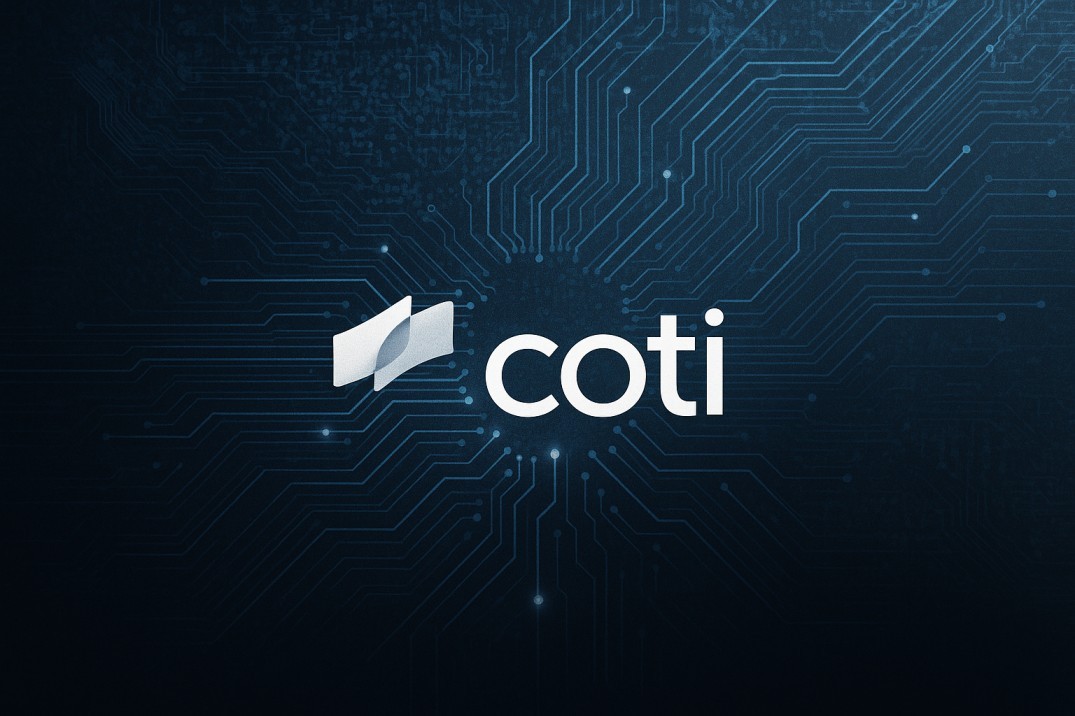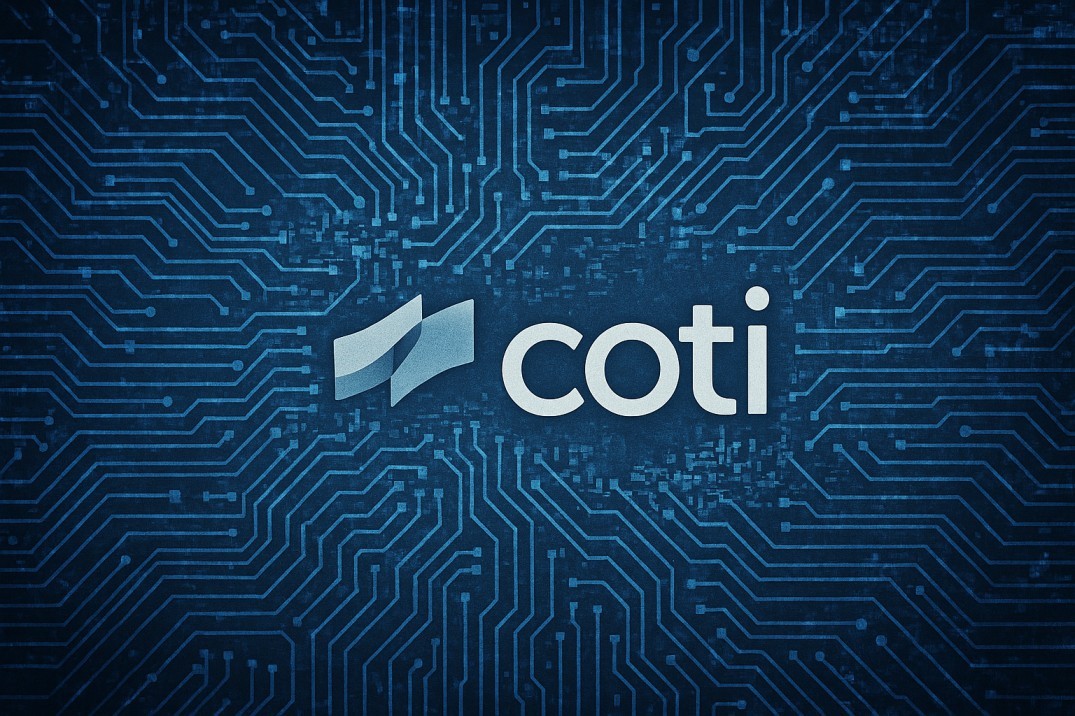TL;DR
- Privacy is re-emerging as a defining need in Web3, driven by institutional adoption, regulation, and individual user rights.
- Garbled Circuits - a cryptographic method once considered too heavy for real-world use - have become practical through COTI's engineering.
- COTI's Layer 2 network enables Privacy-on-Demand: developers can make any computation private without breaking Ethereum compatibility.
- Competing privacy methods like Zero-Knowledge Proofs (ZK) and Fully Homomorphic Encryption (FHE) face scaling and cost challenges that COTI's GC model avoids.
- Garbled Circuit-based privacy is now powering live applications, proving that confidential computation is ready for production.
- As data regulation tightens and Web3 apps grow complex, COTI's technology could underpin the next wave of compliant, private blockchain infrastructure.
Privacy, once a niche concern in crypto, has returned to the center of global conversation. Google search data in 2025 shows a surge in interest around "crypto privacy," according to a16z crypto's State of Crypto 2025 report. The report notes that "This year's story is the maturation of the crypto industry - with growing institutional adoption, the rise of stablecoins, better infrastructure, new consumer experiences, and long-awaited regulatory clarity."
But what's between the lines is more revealing. As institutions, payment firms, and even governments step into blockchain, confidentiality has become non-negotiable. It's no longer a luxury; it's infrastructure. Public blockchains can't sustain enterprise or governmental operations without privacy guarantees, especially as transactions begin to carry sensitive data - from financial records to identity credentials.
That's where COTI's Garbled Circuits step in.
The Problem: Web3 Isn't Private by Default
Most blockchains, from Bitcoin to Ethereum, are transparent by design. Every transaction, balance, and contract interaction is publicly visible. This openness fuels trust - anyone can audit the ledger - but it also kills confidentiality. For decentralized finance (DeFi), gaming, or social platforms, that exposure is inconvenient. For banks, enterprises, and governments, it's unacceptable.
Even Ethereum's developers acknowledge this gap. The foundation recently launched Privacy Stewards of Ethereum (PSE) - a roadmap to bake privacy directly into the ecosystem. It focuses on three key areas:
- Private Writes: confidential transactions and DeFi operations.
- Private Reads: hiding metadata during RPC calls.
- Private Proving: making proof generation lightweight and accessible.
As Vitalik Buterin explained in early 2025:
The vision is clear - but the technology isn't there yet. Ethereum's privacy effort remains experimental, fragmented across ZK systems, MPC protocols, and layer-specific tools. Meanwhile, COTI has already moved from research to production.
Garbled Circuits: The Forgotten Giant of Cryptography
Invented in the 1980s by Andrew Yao, Garbled Circuits (GC) were one of the earliest theoretical methods for secure computation - letting two or more parties compute a function without revealing their private inputs.
For decades, it was seen as elegant but impractical. The math worked, but the cost was huge. Computation and bandwidth requirements made real-world deployment unrealistic. That's changed. Advances in networking, parallel processing, and COTI's optimizations have turned GC from theory into performance.
As Shahaf Bar-Geffen, CEO of COTI, explained :
This flexibility - privacy as a choice, not a blanket rule - forms the foundation of COTI V2.
The Breakthrough: From Microseconds to Real-Time Privacy
COTI recently released a benchmark study comparing its Garbled Circuit implementation against other privacy frameworks like Fully Homomorphic Encryption (FHE).
The results were dramatic:
In practical terms, that means COTI's network can handle real-time decentralized applications with confidential data - something FHE and ZK systems still struggle with. The report also found that COTI's Garbled Circuits achieved 1,800 to 3,000 times faster performance with 70× lower storage overhead compared to the leading FHE implementation. These aren't incremental improvements; they're category-shifting.
A Parallel Validation: Sodalab's Live MPC Deployment
In April 2025, SodaLab, an independent cryptography group, revealed that it had been running a fully fledged MPC-based solution in production for months - built on Garbled Circuit tech.
On X, SodaLab founder Avishai Yona (@AvishaiY) wrote:
He added that exponential growth of GC cryptography is inevitable:
In other words, Garbled Circuits scale with the Internet itself. Every improvement in network throughput directly enhances GC performance. That's a natural advantage no other privacy system enjoys.
Why Garbled Circuits Fit the Web3 Era
To understand why Garbled Circuits matter, it helps to look at the trade-offs of competing privacy models:
- Zero-Knowledge Proofs (ZKPs): Efficient for verifying facts ("I know X without revealing X") but limited when computations get complex. They require specialized circuits, trusted setups, and expensive proof generation.
- Fully Homomorphic Encryption (FHE): Allows computation on encrypted data, but with massive performance penalties - operations can be thousands of times slower.
- Multi-Party Computation (MPC): Secure but complex to coordinate across multiple parties.
Garbled Circuits bridge the gap. They enable privacy-preserving computation on any data, support selective disclosure, and deliver real-time performance. They're efficient enough for daily transactions, yet secure enough for institutional use.
That's why DeCC - Decentralized Confidential Computing - is becoming the next Web3 frontier. COTI is one of its earliest live implementations.
COTI's Layer 2: Where Privacy Becomes a Choice

Built on Ethereum, COTI V2 acts as a privacy layer that plugs directly into existing dApps and smart contracts. Developers can toggle privacy features at the function level - deciding which parts of the contract stay public and which remain private.
For example:
- A decentralized exchange can hide trade amounts but still verify liquidity.
- A payment app can process payroll privately while proving compliance.
- A game can conceal player stats while maintaining fair play verification.
All of this happens without forking Ethereum or introducing new programming languages. COTI's system works within Ethereum's ecosystem, allowing seamless deployment and compatibility. That's why institutions exploring confidential CBDCs - like the ECB and Bank of Israel - have chosen to test with COTI's infrastructure.
Institutions Are Quietly Validating the Model
In 2024 and 2025, COTI was selected for multiple government-level pilots:
- The Bank of Israel's Digital Shekel project, alongside PayPal and Fireblocks.
- The European Central Bank's Digital Euro pilot, next to Accenture and KPMG.
As COTI wrote on Medium:
These programs test one critical concept: conditional payments - verifying that assets and conditions are valid without revealing private details. It's the same cryptographic foundation used in DeFi, trading, and gaming - now being evaluated for national currencies. If CBDCs can run privately and compliantly on blockchain, it opens the door for the rest of Web3 to follow.
The New Privacy Economy

The demand for privacy isn't ideological anymore; it's economic. Every sector that handles sensitive data - finance, AI agents, healthcare, identity - faces a compliance wall. Garbled Circuits offer a way through: confidential computation that still allows verification.
In practice, this could redefine how dApps operate:
- AI agents can process private user data without ever seeing it.
- DEXs can offer compliance-grade privacy to institutions.
- Stablecoins and CBDCs can move on public rails without revealing identities.
COTI's approach sits at the intersection of all three - privacy, performance, and regulation. It's not trying to hide activity from oversight; it's enabling selective visibility so users and institutions can interact safely. That's a model regulators can live with - and one users can trust.
What Comes Next
The next wave of blockchain innovation won't be about faster block times or cheaper gas fees. It'll be about data control - who sees what, and when. Garbled Circuits give Web3 a realistic path toward that future. Unlike opaque privacy coins or permissioned ledgers, GC-based systems let developers customize transparency to fit each use case.
As bandwidth improves and demand for compliance-ready privacy grows, COTI's architecture is well-positioned to become a foundational layer for the entire decentralized stack. The technology once buried in academic papers is now powering live transactions. It's fast, efficient, and compatible with the largest smart-contract ecosystem in the world.
In a space full of over-promises, COTI's Garbled Circuits are already delivering.











